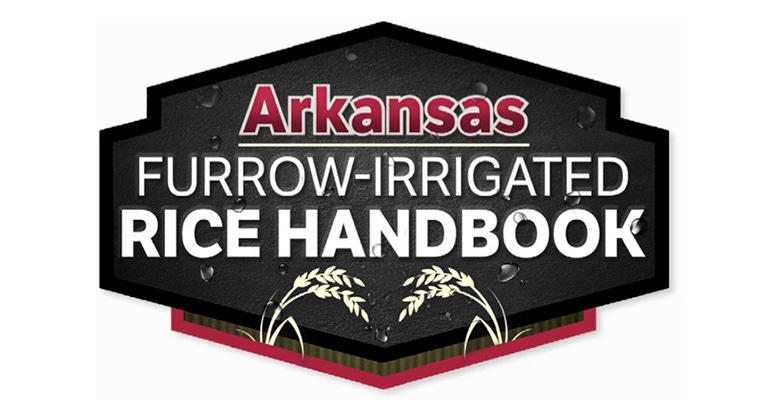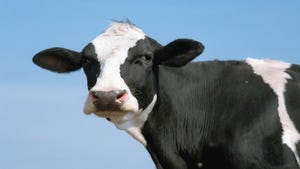May 11, 2020

Furrow-irrigated rice has been gaining ground, increasing from less than 1 percent to 10 percent of total rice acreage in Arkansas in the past five years.
A new handbook from the University of Arkansas System Division of Agriculture provides rice growers with the latest research and recommendations for furrow-irrigated rice.
The “Arkansas Furrow-Irrigated Rice Handbook” provides research-based information about selecting cultivars, establishing stands, and managing fertility, weeds, disease, insects and irrigation. It also provides information about budgeting and crop insurance, which became available for furrow-irrigated rice earlier this year through the U.S. Department of Agriculture’s Risk Management Agency.
The publication is available on the Cooperative Extension Service website at https://bit.ly/ArkRiceHandbook.
In 2019, 1.1 million acres of rice were harvested in Arkansas, accounting for 46 percent of total U.S. rice production. Most of that acreage relied on flood irrigation.
Furrow-irrigated rice, also known as row rice or upland rice, has been grown in small pockets of Arkansas for more than 30 years. This method eliminates the need for constant flooding. Instead, small channels – or furrows – are dug between the rows and carry water to the crop. Five years ago, this method was used on less than 1 percent of rice acreage in Arkansas. Now, it accounts for 10 percent of rice acreage, according to Jarrod Hardke, rice extension agronomist with the University of Arkansas System Division of Agriculture.
“The practice of furrow-irrigated rice continues to surge in adoption,” Hardke said. “In 2012, there were fewer than 5,000 acres in Arkansas, but by 2019 we had well over 100,000 acres. Expectations for 2020 are that we could see 200,000 acres if weather permits planting of all intended acres.”
Similar increases in adoption are occurring in the Missouri Bootheel and northeast Louisiana, Hardke said.
The primary reasons for furrow irrigation are to simplify crop rotations and decrease time and expenses associated with flood-irrigated rice. Additional benefits could include water savings, which will prove more beneficial as water resources are further depleted.
Since rice is a semiaquatic plant, non-flooded rice production research efforts have been limited. Hardke and other researchers began compiling information in 2017 to provide producers with some limited guidance.
“This year we realized there was a need to expand on that previous information and provide something more robust as acres have continued to increase and research efforts have expanded to answer additional questions,” he said. “As research and adoption continue and we learn more, the handbook will be updated regularly to provide the best possible information to growers.”
Justin L. Chlapecka, a graduate research assistant and former extension agent, co-edited the handbook with Hardke. Additional contributors include Tom Barber, Tommy Butts, and Jason Norsworthy, extension weed scientists; Gus Lorenz and Nick Bateman, extension entomologists; Mike Hamilton, irrigation education instructor; Chris Henry, water management engineer; Ralph Mazzanti, extension rice verification coordinator; Trent Roberts, associate professor and soil fertility/soil testing specialist; Yeshi Wamishe, rice extension pathologist; and Brad Watkins, agricultural economist.
About the Author(s)
You May Also Like




